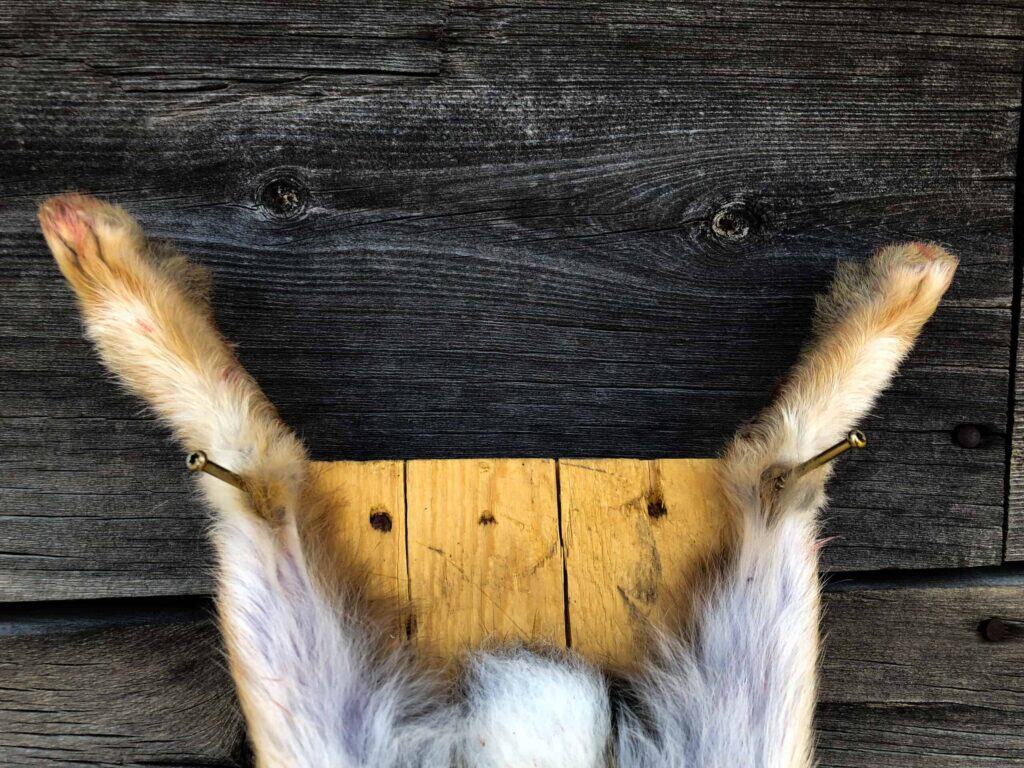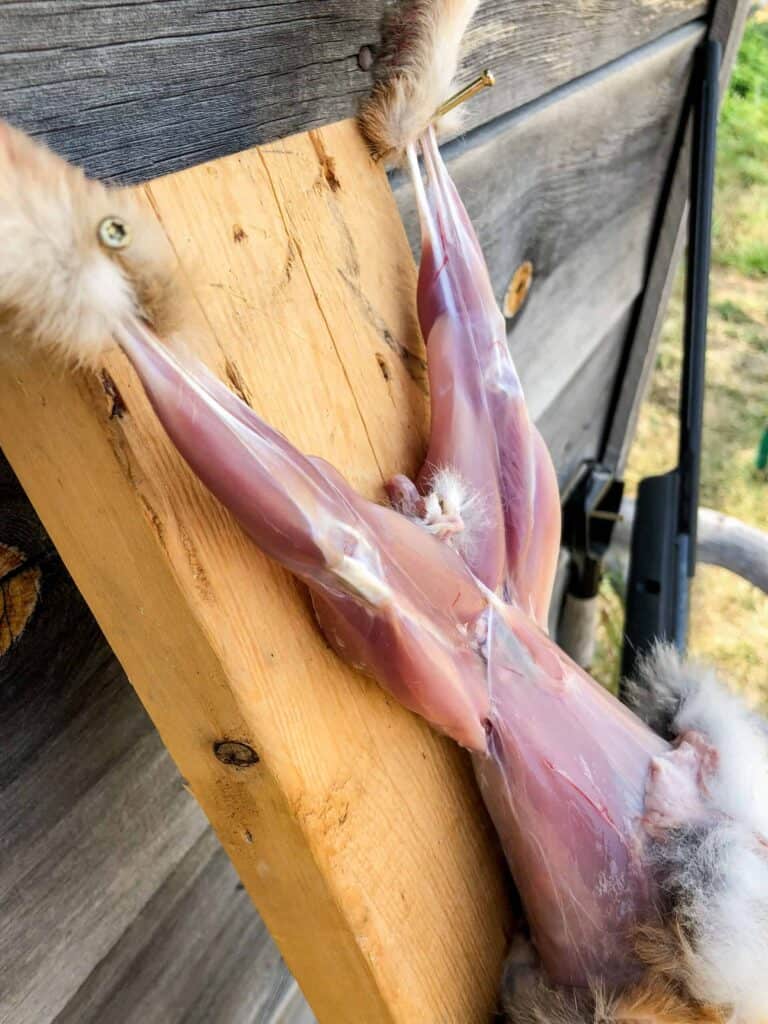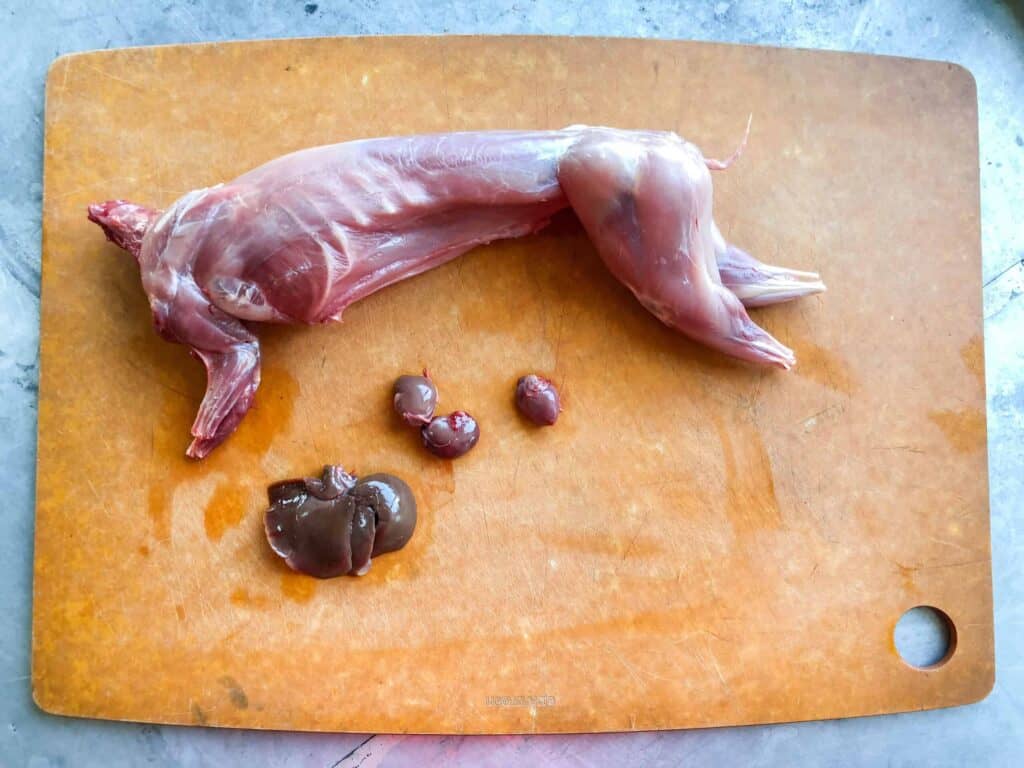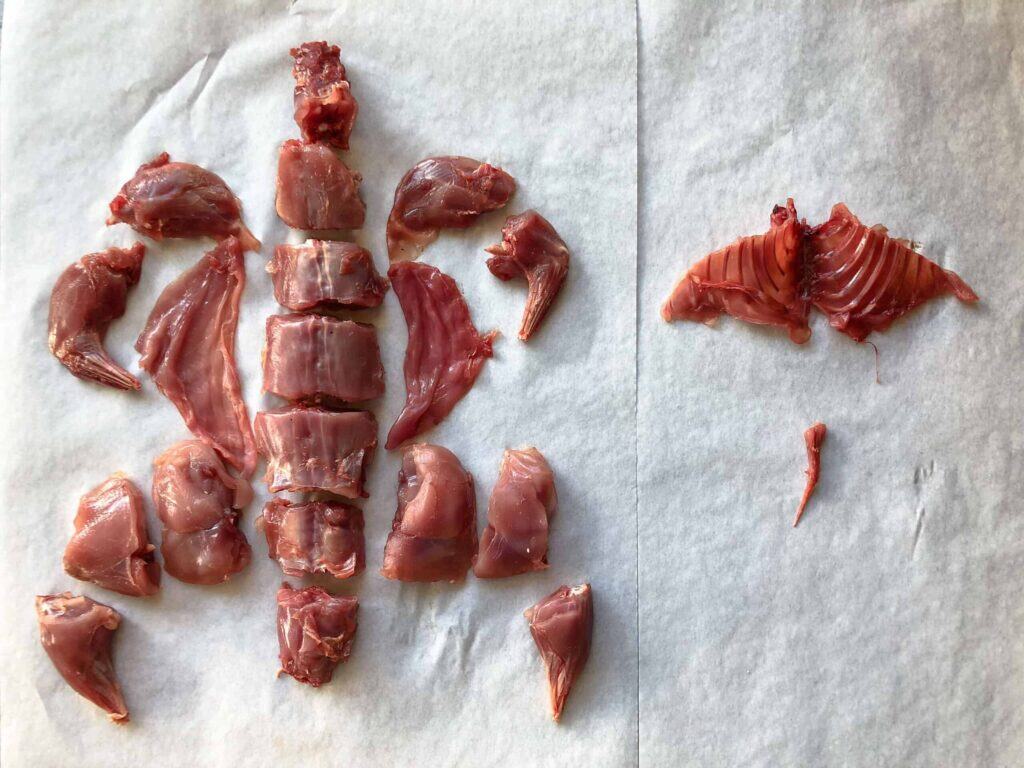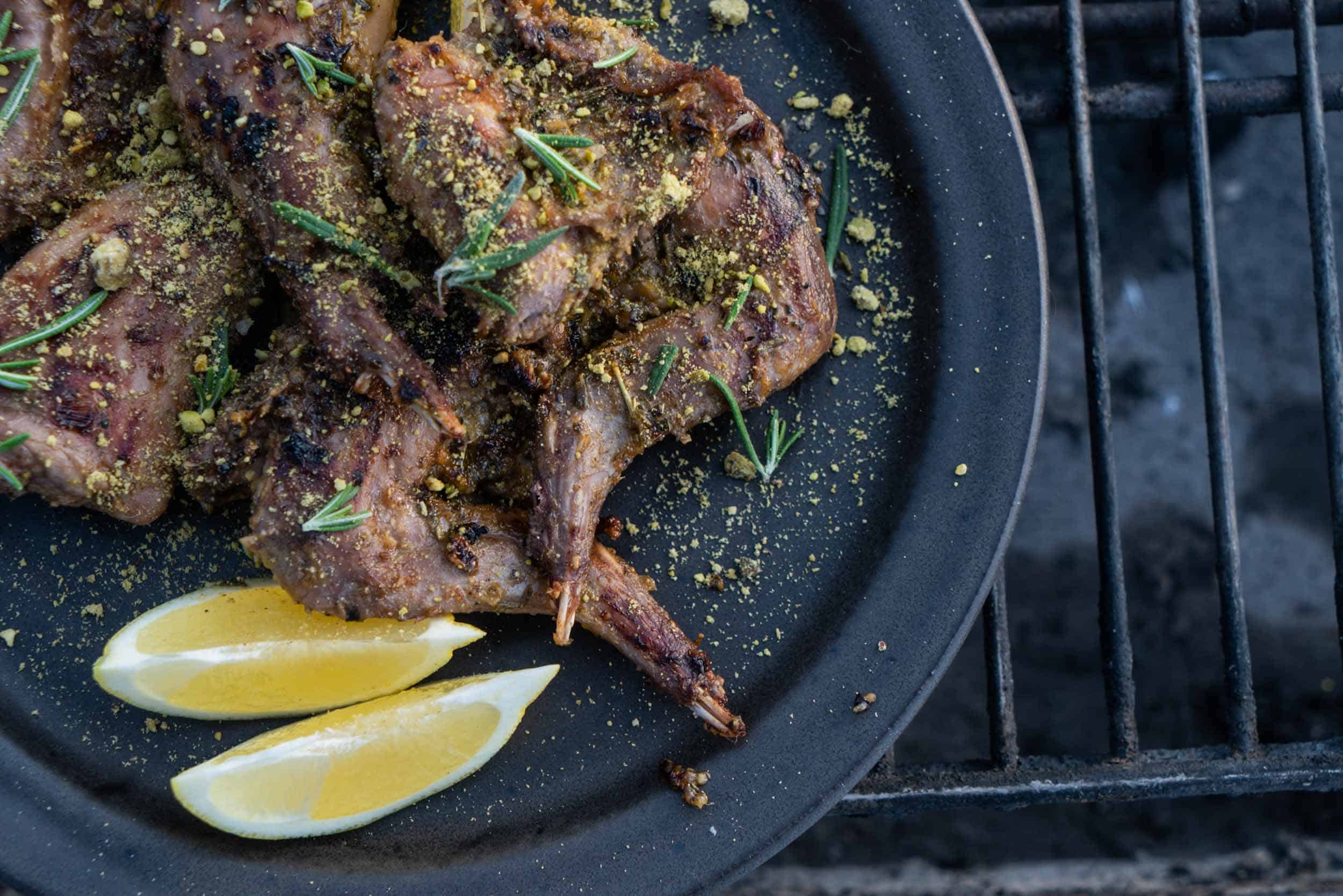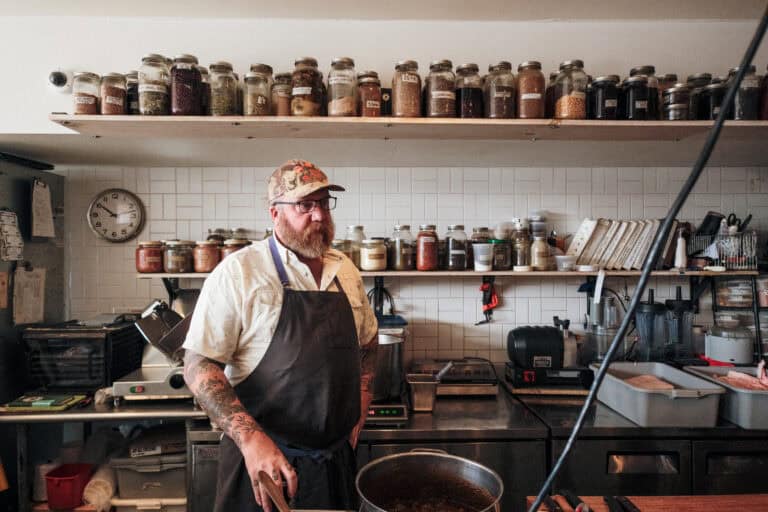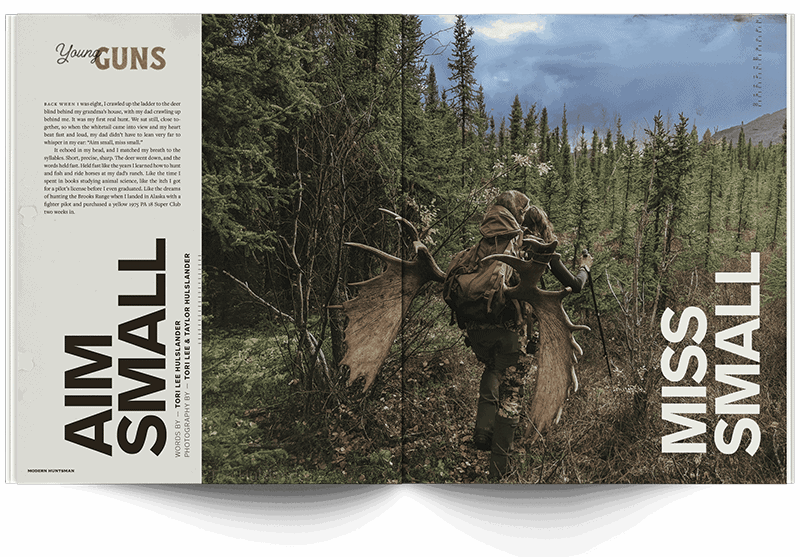I quickly donned my down jacket, leather gloves and snow boots as I rushed out the door. It had been a tough winter with heavy, consistent snow, and the deer were hungry.
A few weeks ago, I caught them eating my roses, not a heavily nutritious food source for a deer, but with the harsh weather, it was one of the only plants within reach. But today was different; the deer had figured out how to duck under the six-foot lean-to fence protecting our three-quarters-acre food forest. They had been after the same plot of land that feeds us for so much of the year, anxious to eat what was left of the fruit trees and shrubs sticking out of the snow. After waving my arms excitedly, the deer jumped the fence and ran.
The wind was howling as I grabbed the roll of chicken wire fencing and slung it over my shoulder, legs post-holing through the snow to get to the gate, which was half buried. After digging the garden entrance out, I was able to open it just wide enough to heave the bundle through, and then squeeze through the narrow opening despite all my layers.
The punch of the staple gun echoed through the log fence while my cold, clumsy hands unrolled more wire. It was in the low digits outside and the wind burned my cheeks, but these tasks are born from a fierce need to protect this space. This garden provides food for our family and community. Like most everyone else, we go to a grocery store for a few items, but for seven months out of the year, we eat almost everything from our property and what is stocked in the freezer. Our lives revolve around planting, harvesting, weeding and protecting the garden throughout the year.
Though I’m new to this permaculture garden, it has been a lesson in biomimicry, as the process that happens with plants and the soil is made to mirror what is seen outside the garden, too. This is not a conventional garden with tidy raised beds or straight rows of vegetables. The majority of what exists in the food forest are perennial plants and flowers, working to balance out the nitrogen levels in the soil. When something is ready to be cut back, we lay it down next to the plant so it can decompose, creating a natural mulch. When a tree branch falls in the forest, its decomposition creates a habitat and food for bugs, beetles, and other creatures that benefit from the cavities and rot. We aim to do something similar in our garden.
It’s a funny thing to need to check on something that seems dead in the wintertime, but we’ve learned the hard way that if the garden goes unchecked through the cold months, we might be in for a heartbreaking surprise when spring melts the snow.
A few years ago, the snow had been piled three feet high with little sign of activity or tracks on the surface. After the spring melt, we found that voles had tunneled under the crust of snow, and the rodents had girdled a few of the fruit trees, costing us time, energy and money to replace them. We were crushed at the loss, and vowed to not let it happen again. Every year since then, we’ve wrapped the trunks of the fruit trees in plastic tubing to protect their bark from being eaten by the little critters that see it as food.
Our effort to keep pests out of the garden has become a daily chore for our family as we keep the scoped pellet gun by the door in case we see a cottontail rabbit, which can be especially destructive. They often sneak through the unpatched corners of fence or wire, and in a short amount of time can cause such devastation to the trees or shrubs by chewing off the bark, which, inevitably, causes the plants to die. The bark plays an important role in the passing of nutrients and water, so when that layer is removed, it’s a loss of circulation to the tree.
Through the management of the cottontails, we are hopefully preventing the loss of our perennial crops in the garden, and in turn, we keep the rabbit meat for future meals. If we didn’t grow food, I wouldn’t think twice when I saw a rabbit jumping around the yard. But now, it feels like a direct correlation between the survival of mature trees and a threat to our food.
As harvesters and hunters, we try to waste nothing. We treat hunting big game the same way as managing the cottontail population on our property: use everything you can take, and don’t take a life needlessly. Even when we pack out an elk from hunting, we take the tongue, the neck (if possible), even the bones to cut to use for bone broth or marrow. We practice the same thing at home. The food scraps go to the chickens, the eggshells from the chickens go into the compost, the compost to the garden, and the meat from the harvested rabbits feeds us a delicious dinner from resident chef, my partner Eduardo, cooked with love and intent.
INGREDIENTS
Serves 4
1 cottontail rabbit cut into 8 pieces
3 cloves of peeled garlic, chopped
10 sprigs of fresh thyme, chopped
4 sprigs of rosemary, chopped
1⁄4 cup of Montana Mex Extra Virgin Avocado oil or Extra Virgin Olive Oil
1 lemon, zested and juiced
1 tbsp Montana Mex sweet seasoning
1⁄4 tsp kosher salt
1⁄2 tsp cracked Black Pepper pinch
crushed Red Chile flake
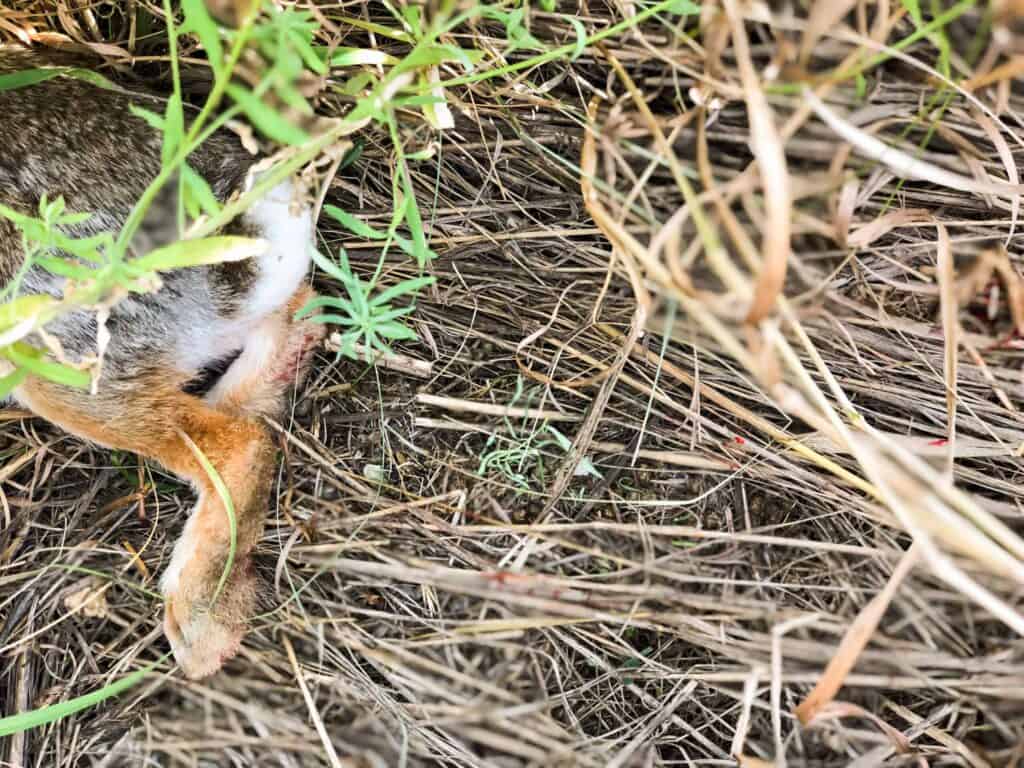
DIRECTIONS
Combine all ingredients other than rabbit and mix well. Place rabbit and marinade in a sealable bag or bowl and work with your hands until all surfaces of the rabbit are covered. Seal bag or cover bowl and allow to marinate in a refrigerator for at least 1 hour.
Prepare a grill with charcoal or hardwood coals. Brush and clean the grill-grate itself (this is often overlooked and such an important step in grilling.) When the coals are hot and ready, set the grill to a height above the coals to achieve a medium-to-high heat (approx. 375 degrees Fahrenheit).
Place rabbit legs on the grill first and cook for 8 min. Add loin and rib sections and turn legs. Turn loin/rib sections and cook for an additional 8 min. Total cooking time will vary depending on the size of the rabbit but will be approx 20 min.
Remove rabbit from the grill. Garnish with freshly picked thyme and rosemary, fresh lemon, and a sprinkle of coarse sea salt.
